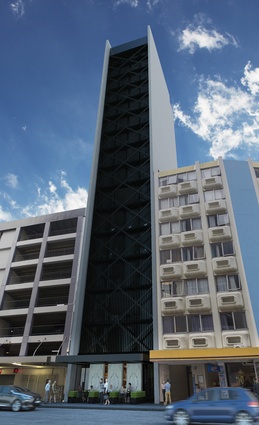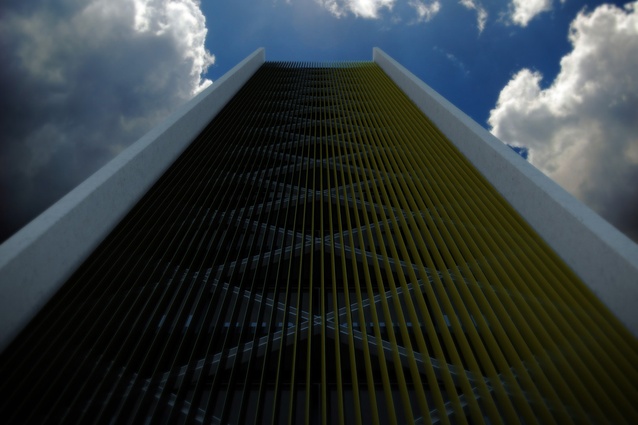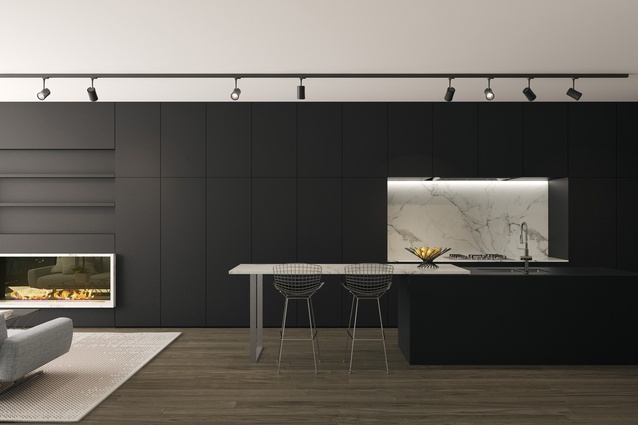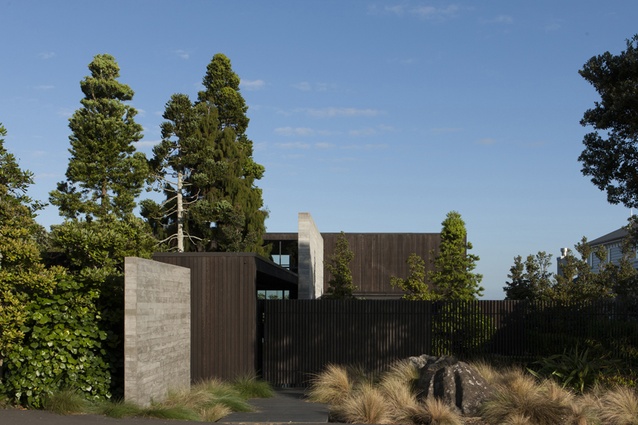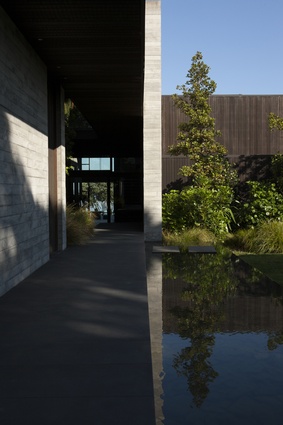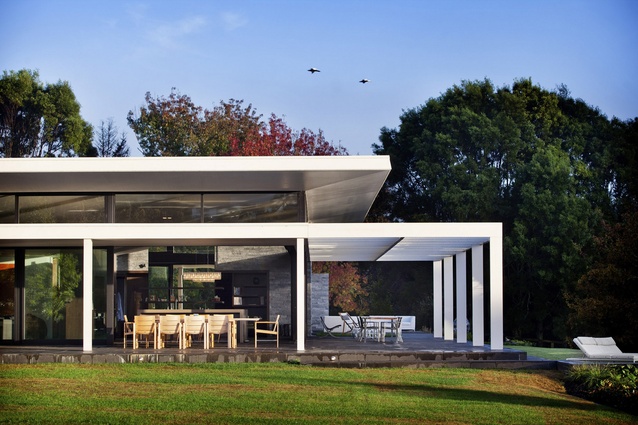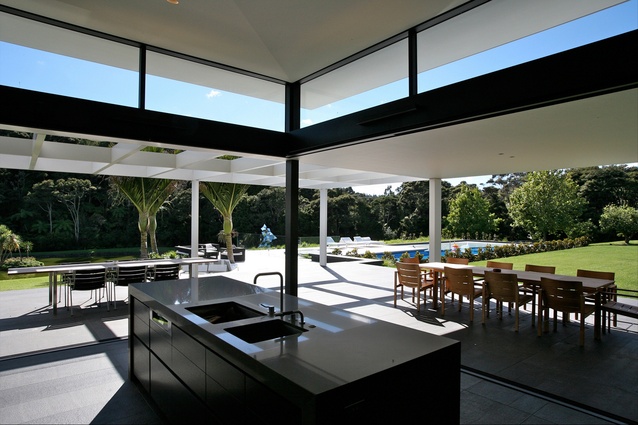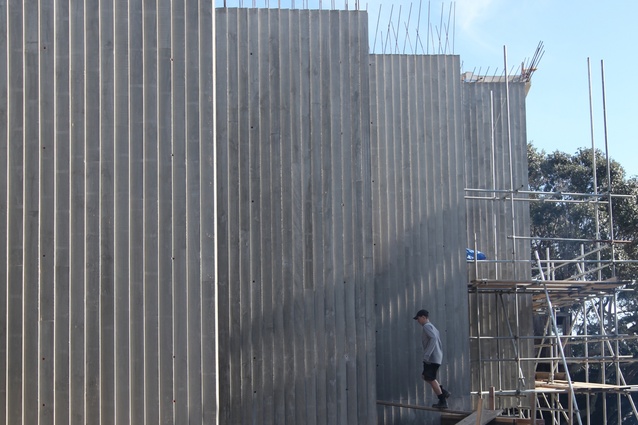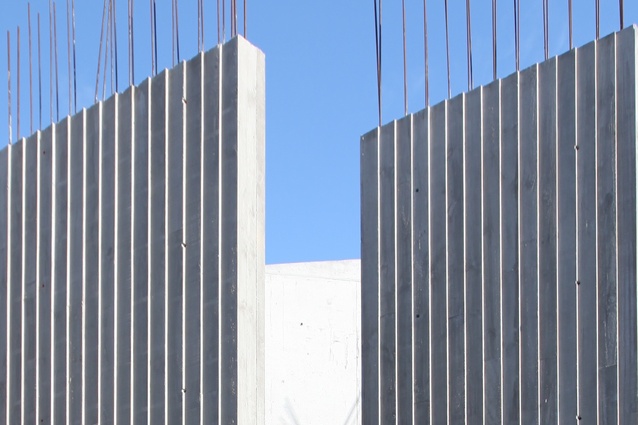Interview: David Ponting
Urbis questioned one half of architecture firm Ponting Fitzgerald on the finer, more philosophical undercurrents in his impressive and highly tactile houses.
Urbis: Did you always want to work in architecture and design?
David Ponting: Yes, profoundly so, since I was 10 years old, mostly due to experiencing an exceptional architect’s home with my dad, who was a lighting designer. I still have vivid memories of the soaring, sarked ceilings, giant concrete pipes and elliptical skylights from Neil Hey’s 1976 Sumner Hills house.
Urbis: How would you describe your working style?
DP: Obsessive commitment really; it’s an immersive, all or nothing career and you can’t help but live and breathe it. The joy we bring (and share in) through our efforts is immense and fuels a deep motivation for the next opportunity.
Urbis: Which architects, design periods or other creative endeavours inspire you?
DP: I’m a little old school I guess; the key works of Mies Van der Rohe and Frank Lloyd Wright are iconic and still resonate. However, of late I find inspiration in the elegance of the impressionists and the intellectual simplicity of abstract art. I’m more likely to visit a contemporary gallery when travelling than the latest architectural wonder, as there’s incredible depth in those works.
Urbis: What would you say has been your most satisfying project to date?
DP: That’s a tough question as I’m always excited by recently completed work and the Queenstown House [featured in Urbis 87 - Aug/Sept 2015] is no exception. The brief was clearly landscape-driven, which brought freedom to explore more organic, sculptural forms, thus adding to the success. It’s also a result of much discussion around what really answers the brief, as opposed to ‘resale value’ concerns, which makes for a far more engaging, personal process.
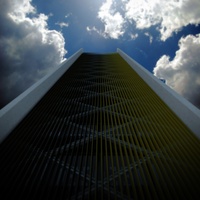
Urbis: What are the key drivers during your design process?
DP: Most definitely the client – it’s their agenda we are responding to, and we spend a great deal of time discussing and developing the brief with them. We do, of course, bring our own creative reaction; but clients buy a site for very personal reasons and all have unique requirements. In my view connecting with those ideals is the key to the successful collaborations we enjoy.
Urbis: How would you describe those collaborations with your clients?
DP: It’s an experiential relationship built around a shared goal, and through a process of collaboration it becomes a friendship. Trusting us to define what is special to them requires faith from a client – and, to some degree, courage. It’s an amazing challenge with a lot at stake. But, in giving our all we also get to share and enjoy their journey, which is quite a privilege.
Urbis: Can you describe your style or aesthetic?
DP: I’ll always look for a timeless solution… but to suggest a style is quite difficult as our work is the result of a process, not a predetermined look. As each is a response to the client and unique site context, there is a vast range in our work; however, they are typically strong, sculptural buildings well connected to their environment. If a particular aesthetic is apparent, it might be found in the simplicity of the forms and the presence of the materials.
Urbis: We have featured two of your homes in recent issues (issue 86 and 87) and both had an intrinsic connection to the land that surrounds them. Do you also gather inspiration from the architectural context of the neighbourhood or surrounding city?
DP: I think context is intrinsic to resolving a design solution, and I hope our work is recognised for the strength of those connections. We look more to understand the immediate environment and respond to that in as powerful a way as possible.
Urbis: In the print edition of Urbis 87 you referred to your initial process at the Queenstown House as one of “divination” (very Roman of you, by the way!); is this something you do with every one of your projects?
DP: I did, however there wasn’t a toga in sight! But walking the land and absorbing the potential was like a search for precious water, two sticks in hand and waiting to see where these led us. In all seriousness, every site reveals its treasure but sometimes you have to dig deeper. In Queenstown, we were surrounded by astonishing natural beauty, but we had orientation and climatic issues to address; so challenges came with the opportunity. Resolving the concept ultimately required a balance of intuition and intellect, so in that respect it was an emotive response to the environment that drove the process.
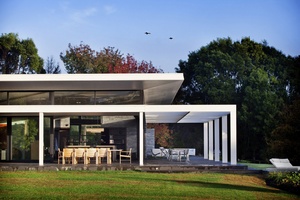
Urbis: Concrete seems to feature quite prominently in those two (as well as in other significant projects of yours). What attracts you to this material?
DP: Yes, I do like concrete! I think it’s the inherent sculptural strength of the material that engages me. Once built, it will be there for a very long time and that holds real gravitas. Within reason, there’s not much you can’t do with it, so long as you have a brave client. However you must also respect the many technical issues of the material and how to achieve the surface textures that will deliver a warm, considered result.
Urbis: What are some of the different processes you enjoy applying to that material and some of the challenges of working with it?
DP: Concrete is a heavy liquid, and therefore it’s flexible to whatever form you wish to achieve. However, that same plasticity holds challenges of controlling the mix within the shuttering required to shape it. The loads are immense and failure would result in a messy, expensive problem.
Working with an experienced builder, you can sculpt walls to whatever form you want, which is liberating for any home. We apply these moments wherever they will best respond to the brief, but especially in stairwells – which might otherwise become fussy – or around windows that deserve emphasis.
In defining a texture, we typically use rough-sawn timber as it expresses a rich, yet utalitarian, surface character. It’s also an indirect expression of the carpentry skills required to create these forms. I don’t think it’s well understood just how much ‘craft’ is involved, because everything that is so carefully built (before the pour) is stripped away to reveal the final result.
Urbis: What do you enjoy most during the construction process?
DP: That moment when a client walks on site and the spirit of what is unfolding truly hits them. We obsessively computer model our work so they know what to expect; but standing in a built space and absorbing how it relates to the world outside, how the materials react to each other… people just don’t see it coming, it’s really special.
Urbis: What would you say are the biggest changes to your work from when you started to now?

DP: I’d say the scale of some homes – the material richness and the landscapes we are working within. Our recent work has more sculptural character because of this freedom and feels more sophisticated for it. We are also more involved in the interiors. Clients want a cohesive result, where the surfaces relate both inside and out, and therefore they engage us for all aspects of the interior design. This has definitely raised the bar on the final outcome and is hugely satisfying for it.
Urbis: What are you working on now?
DP: We have a wide array of work at present with four new residential projects in Queenstown and three in Auckland, a café/restaurant at a local beach and a mixed-use CBD highrise in Fort St. We also have a dramatic in-situ concrete project underway in Point Chevalier, Auckland, which is being filmed for the Grand Designs TV series.
Urbis: What excites you about the future of residential architecture in New Zealand?
DP: As a nation, we are growing into our well-travelled shoes; and in returning, we look to re-connect with the Kiwi lifestyle. [Clients] also bring back expectations forged in the international arena, especially around quality, longevity and value. The homes they want are, therefore, highly considered in terms of design, materials and detail – ultimately raising the bar for everyone looking at what is achievable and worth investing in for the longer term.
I’m also excited by developments in 3D CAD modeling technology, which benefit the sculptural aspects of our concept exploration, and allow our clients to immerse themselves in the 3D model from their own home or work computer. This immediacy to the process removes uncertainty about the look and feel of a design, keeping them involved and in control. Ultimately, with that level of control, they are empowered to push the boundaries and arrive at something truly special.
For more of Ponting Fitzgerald’s work, see their website.



